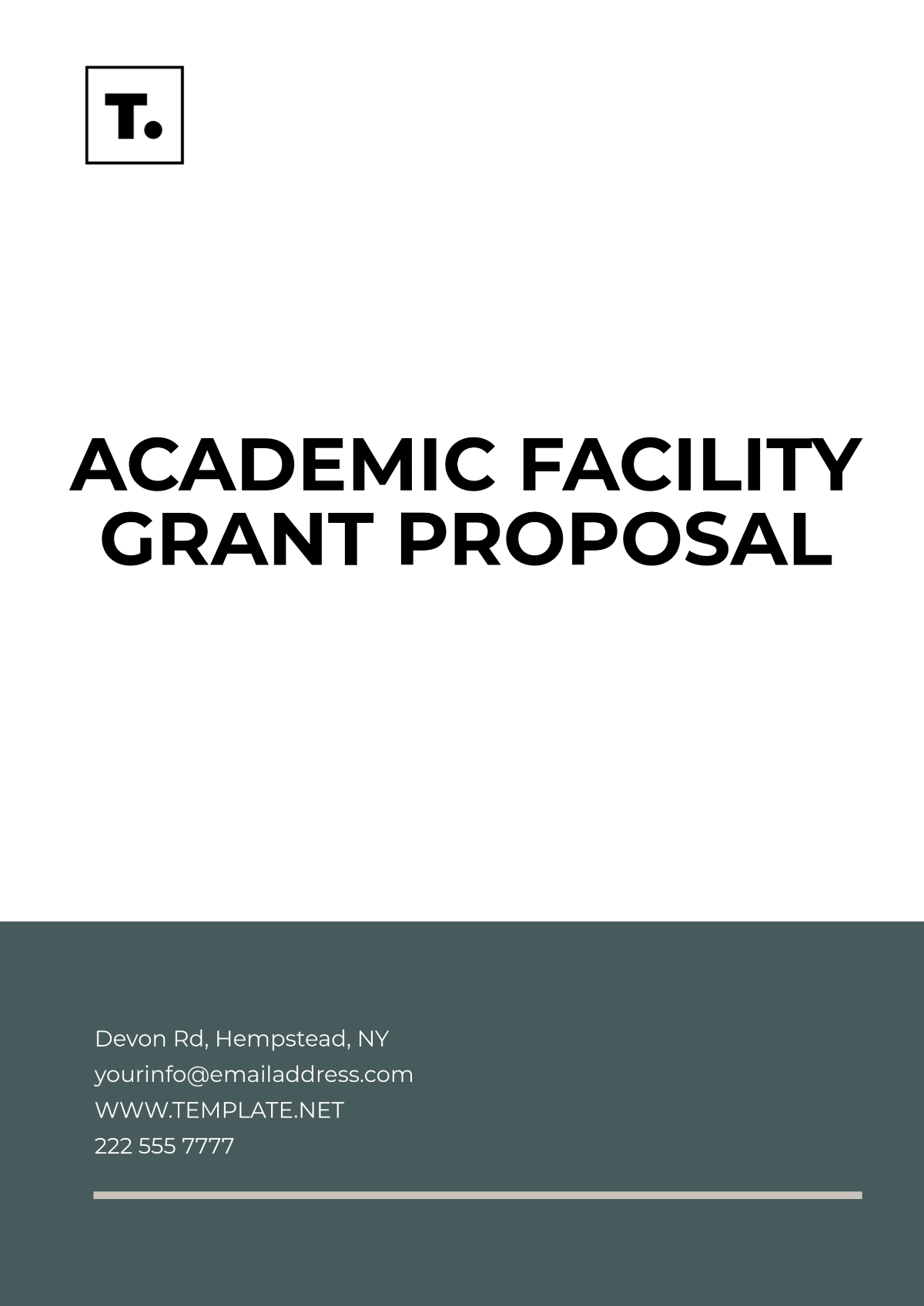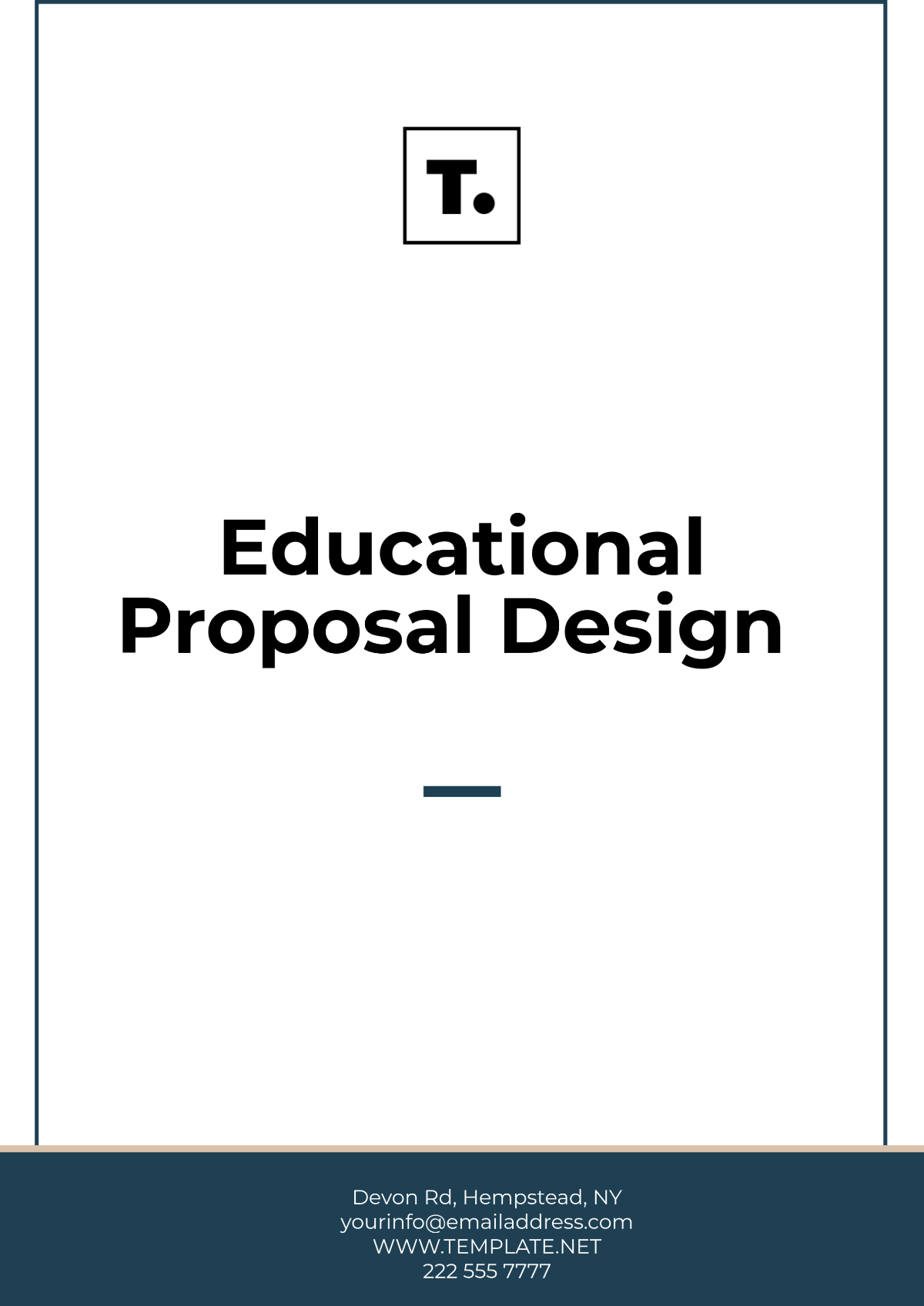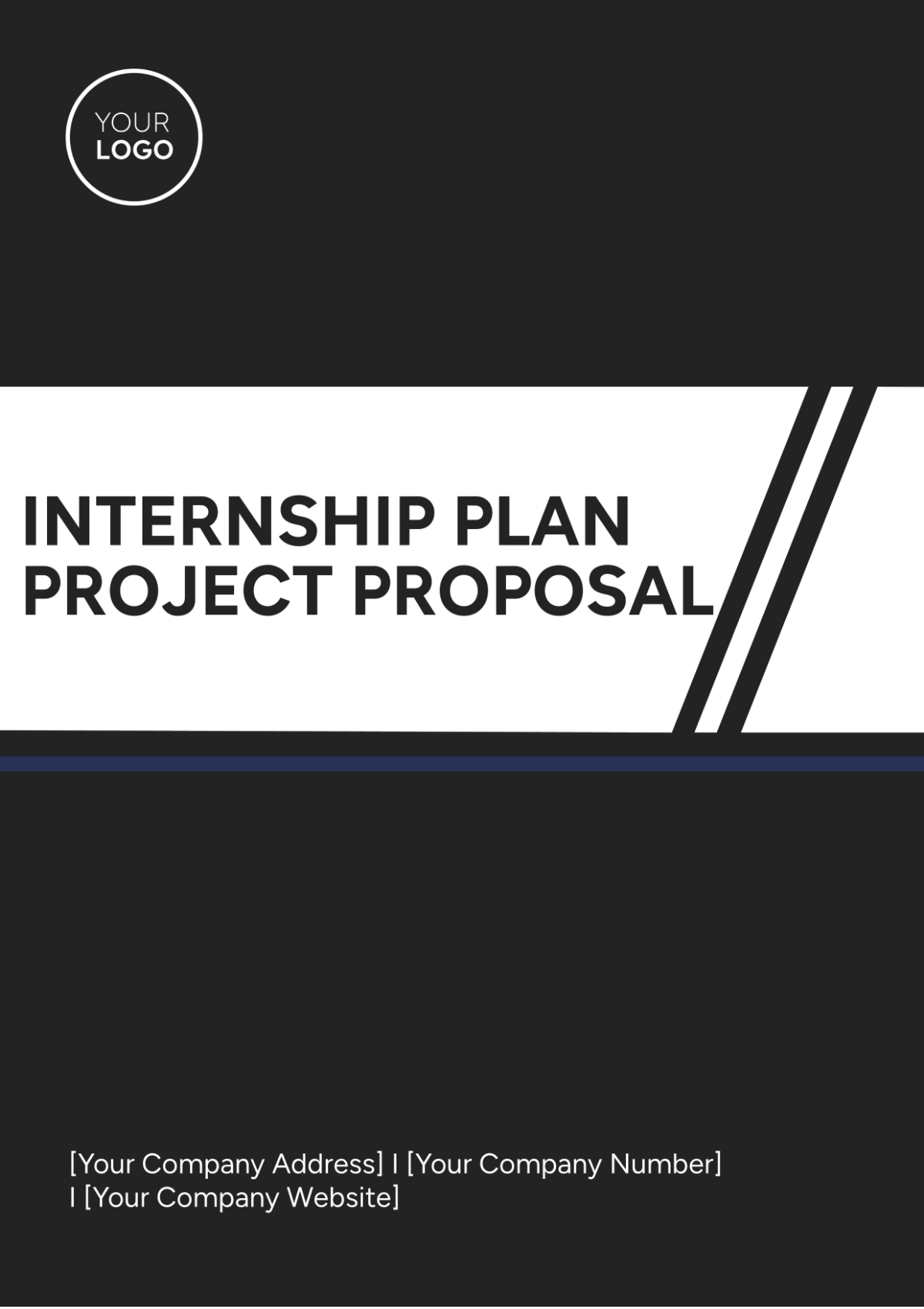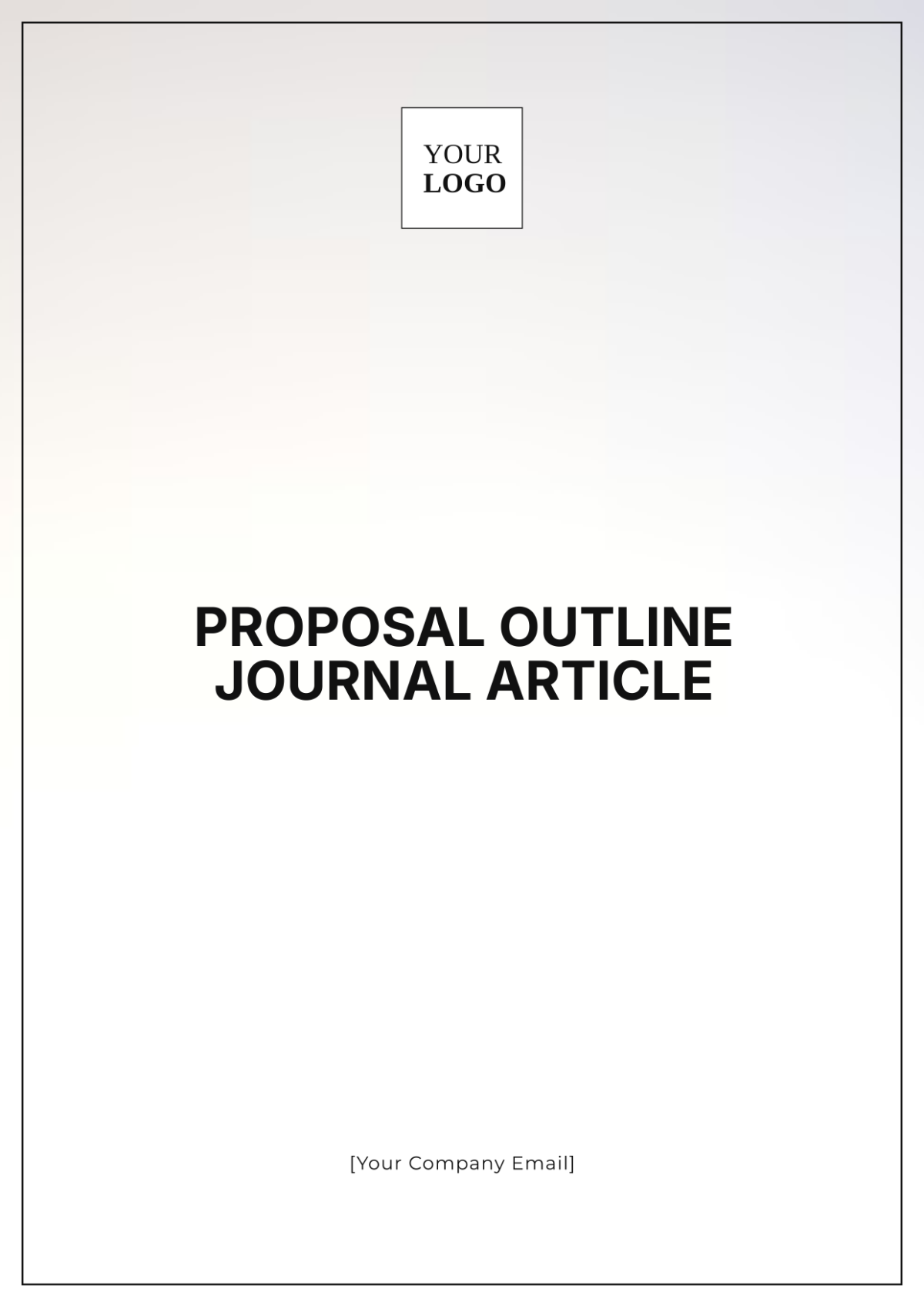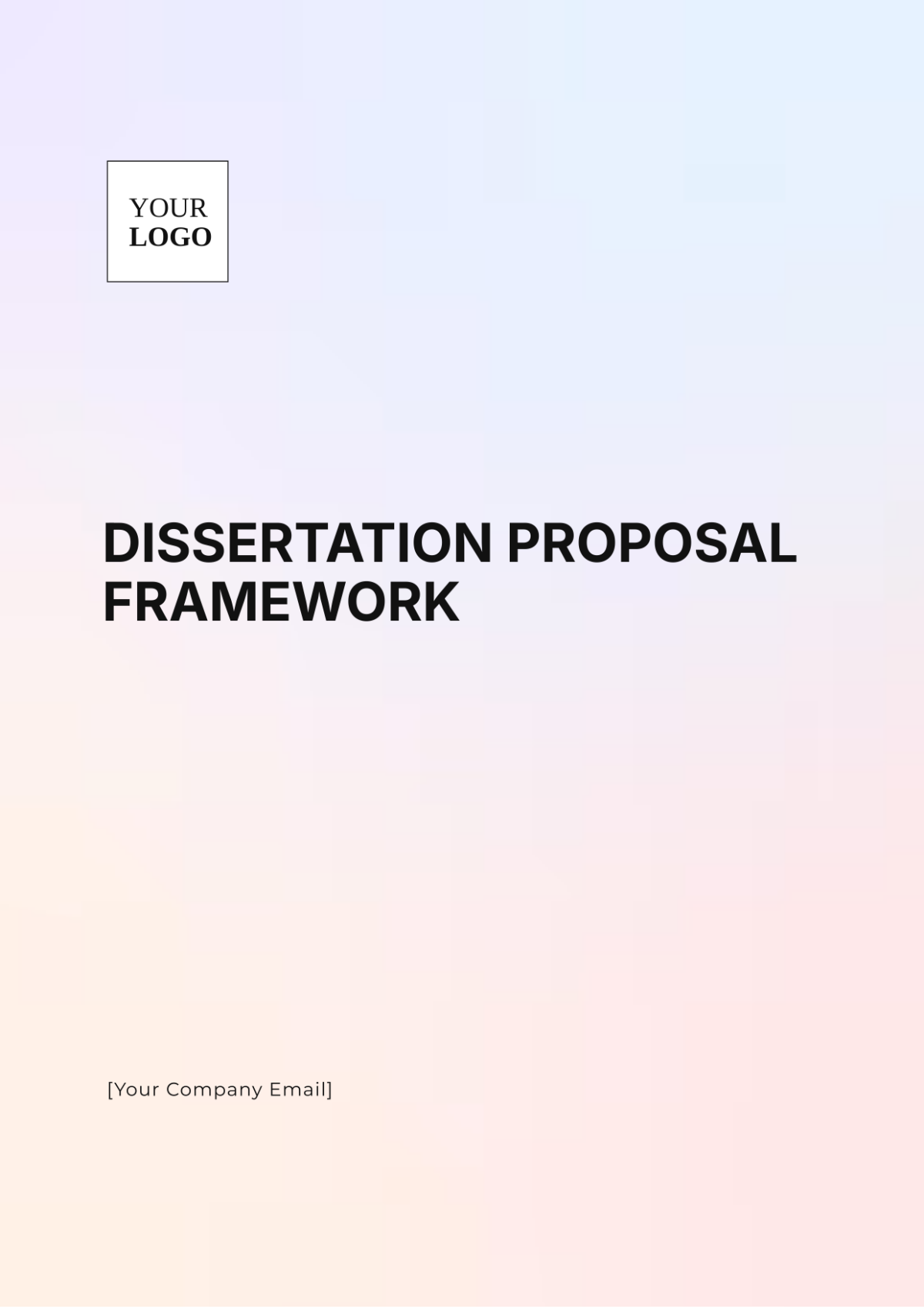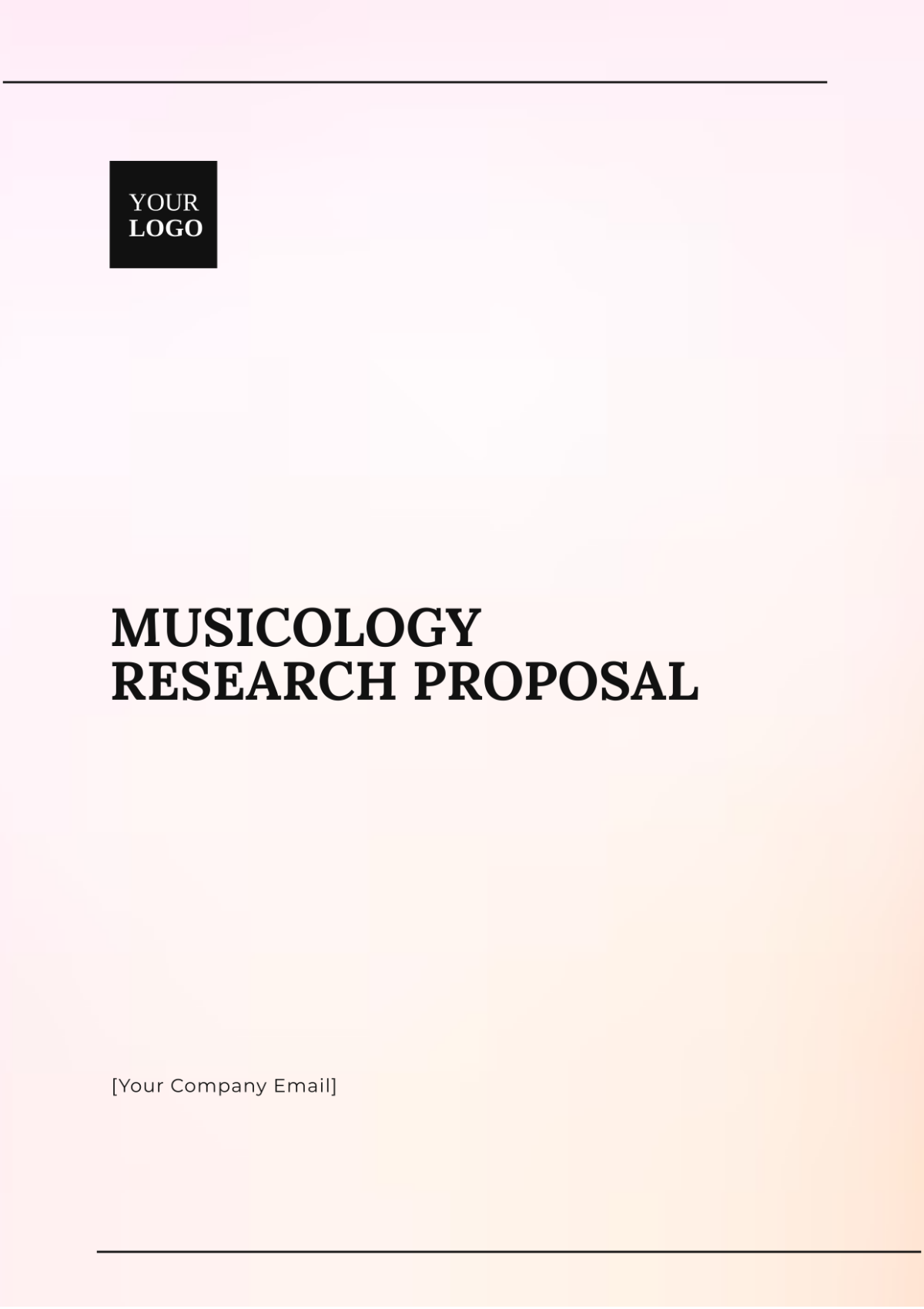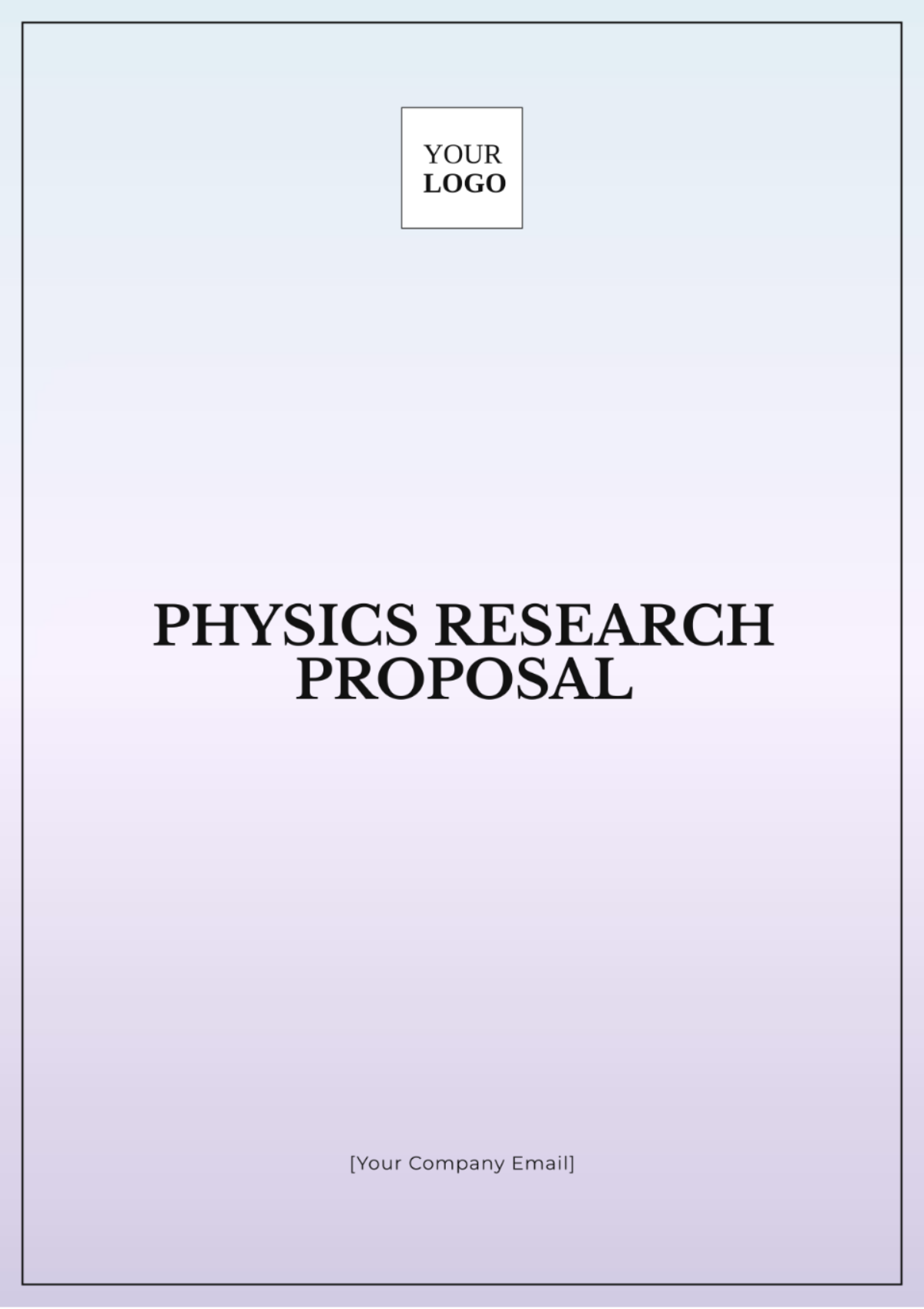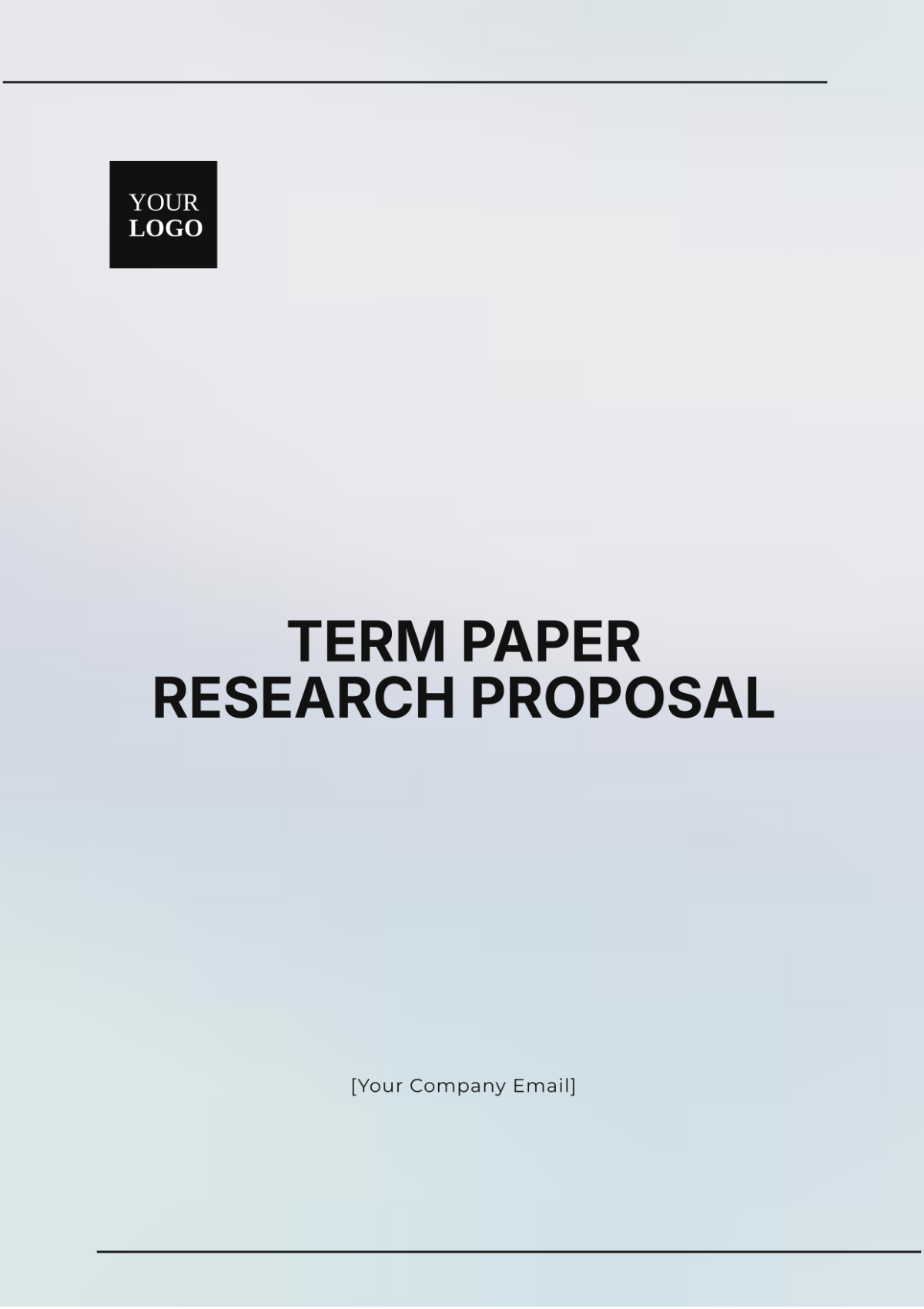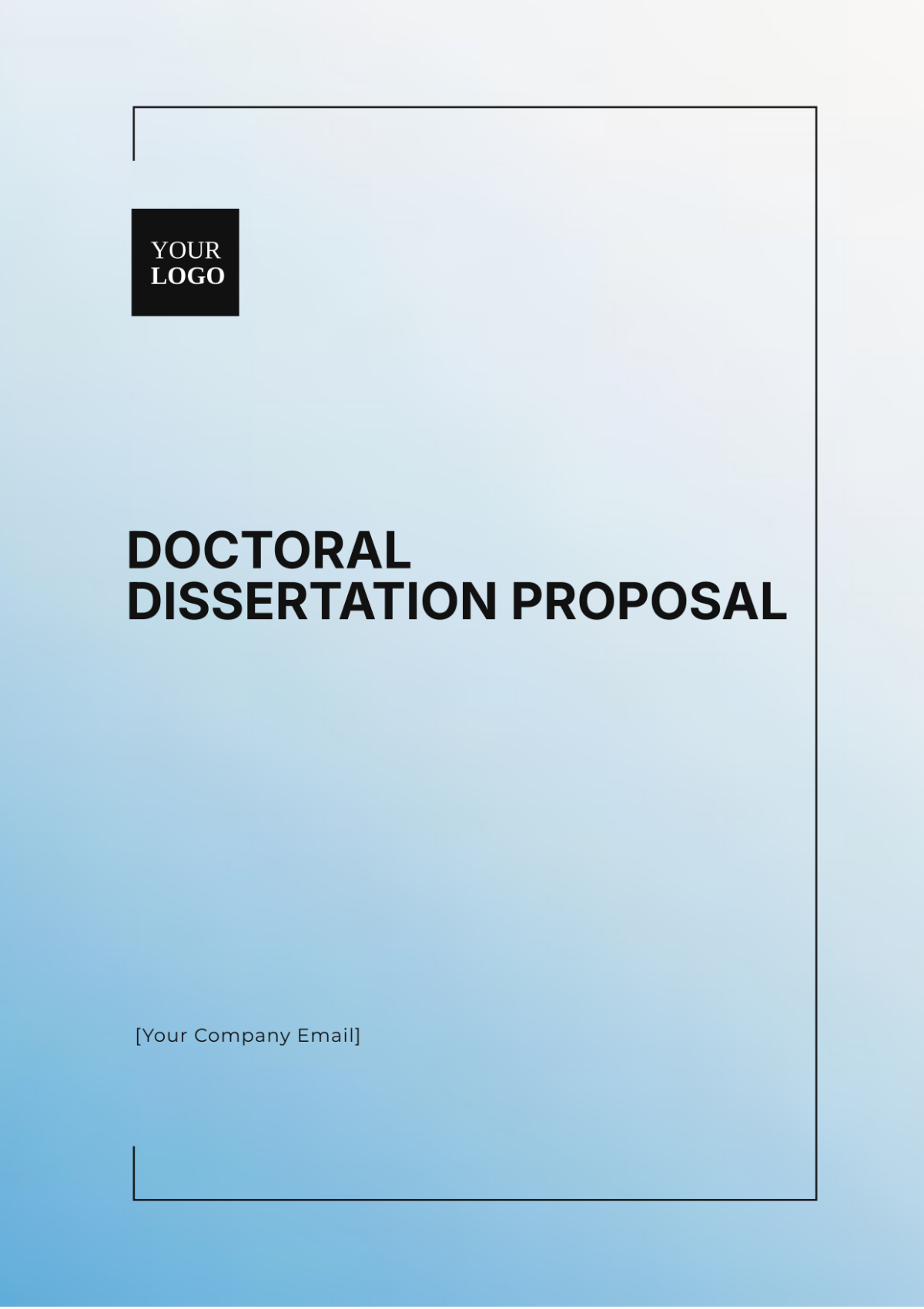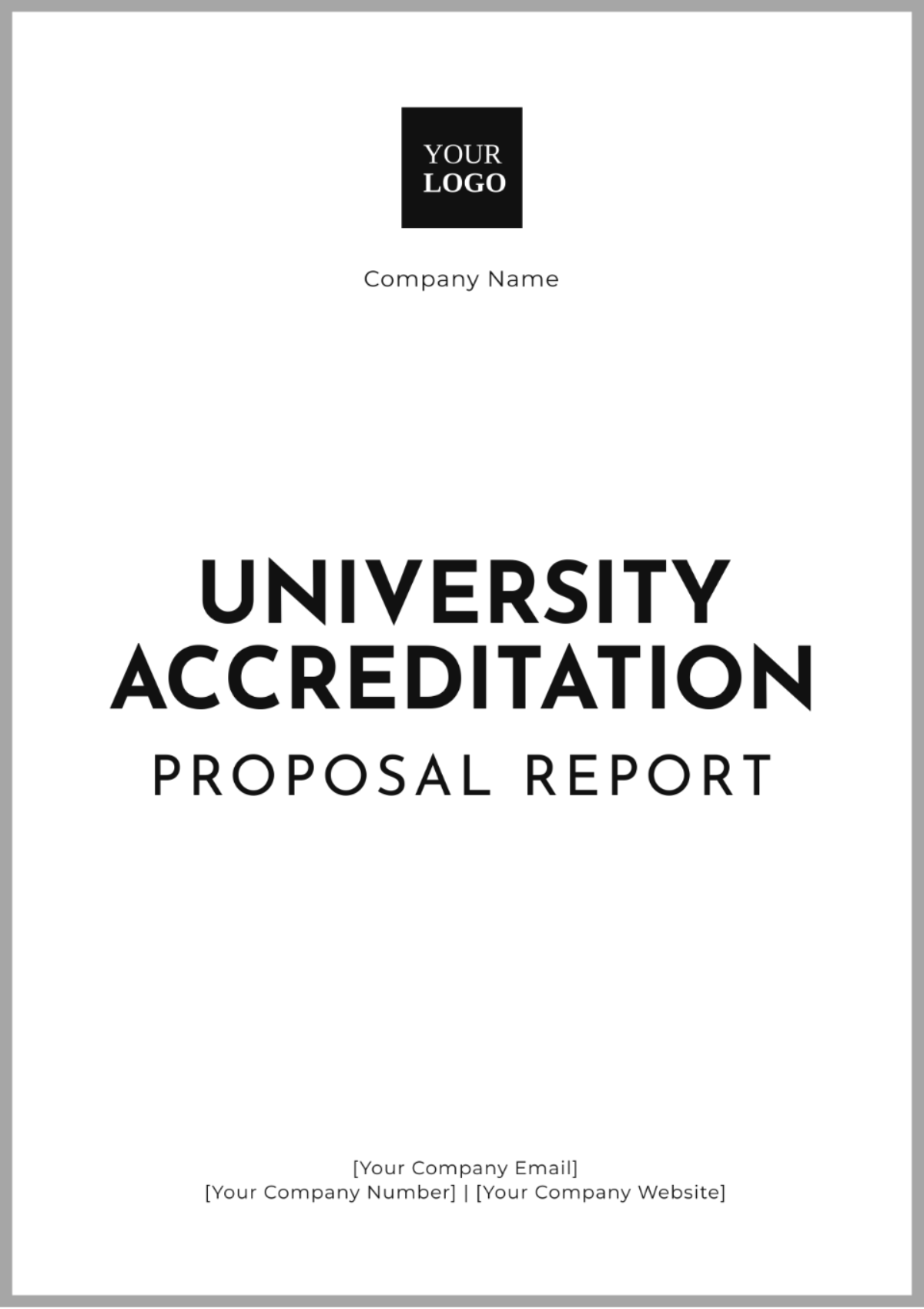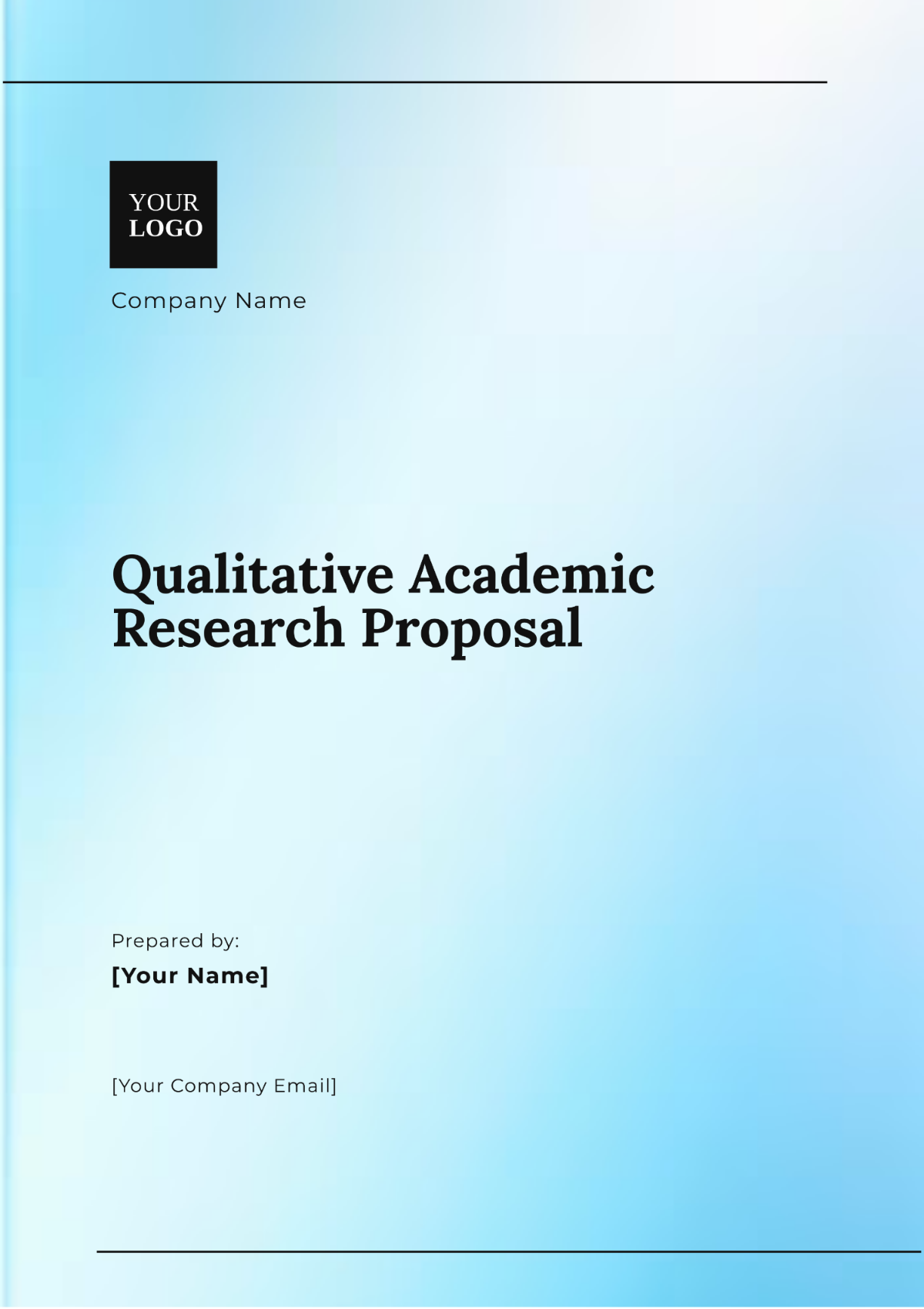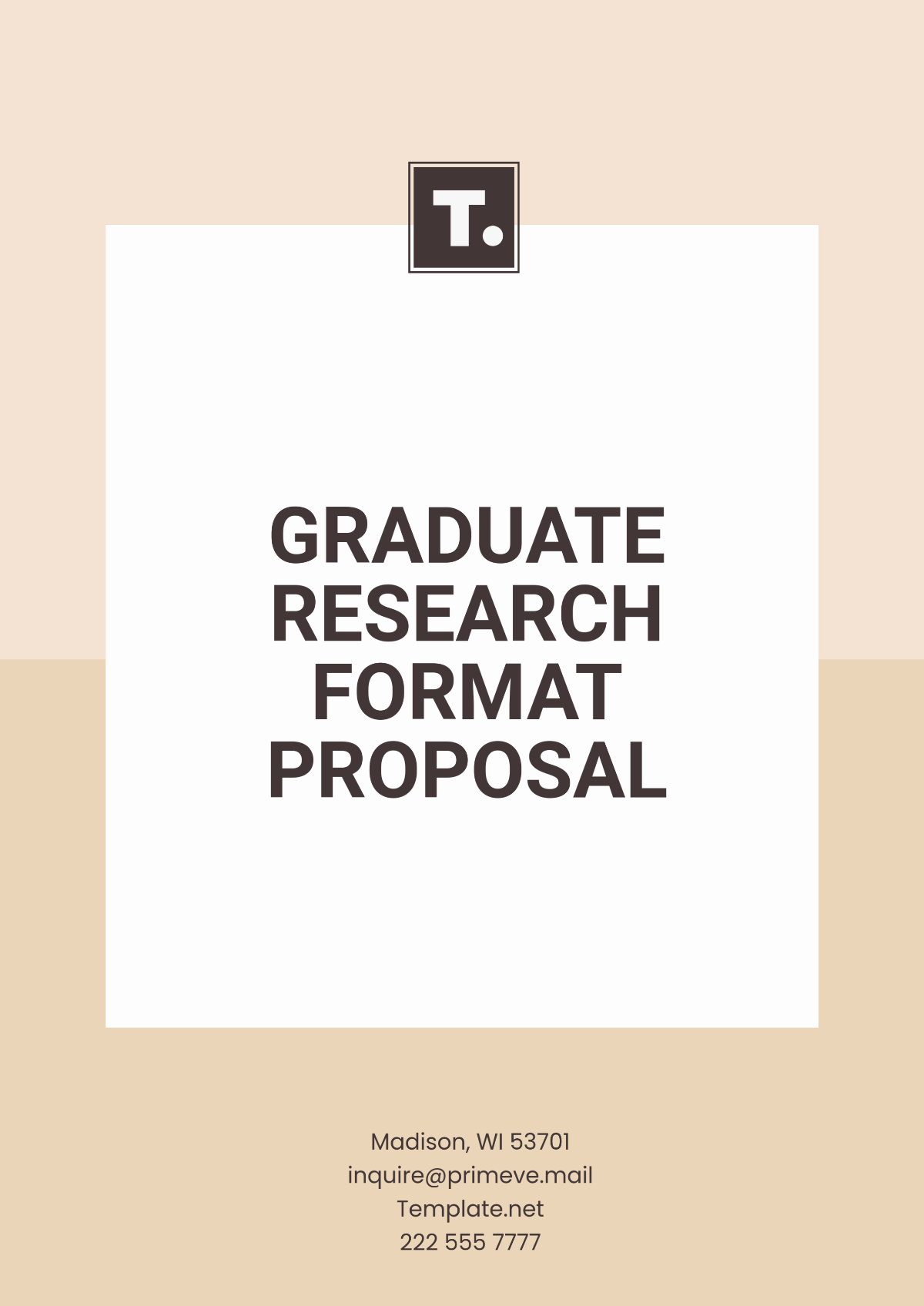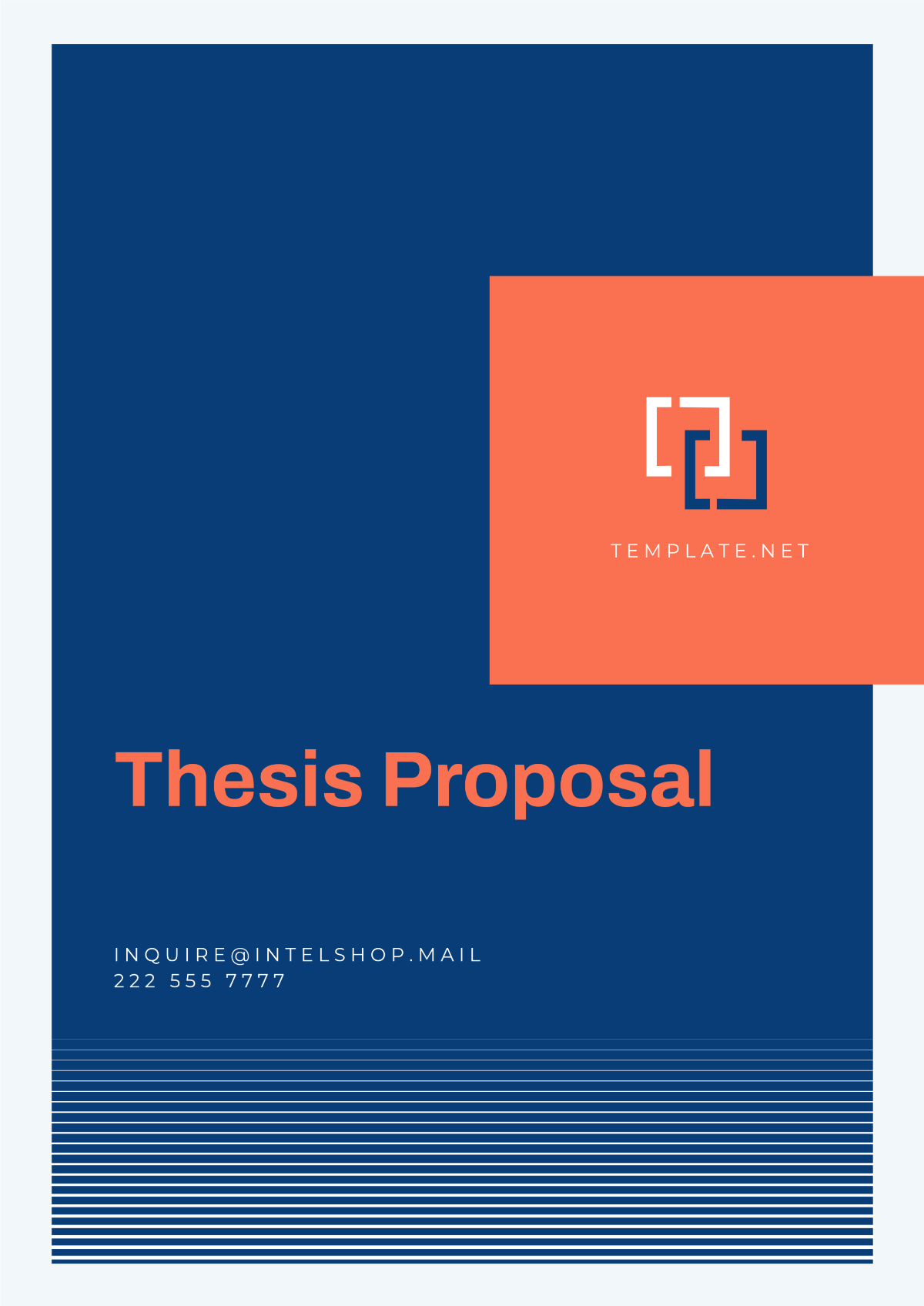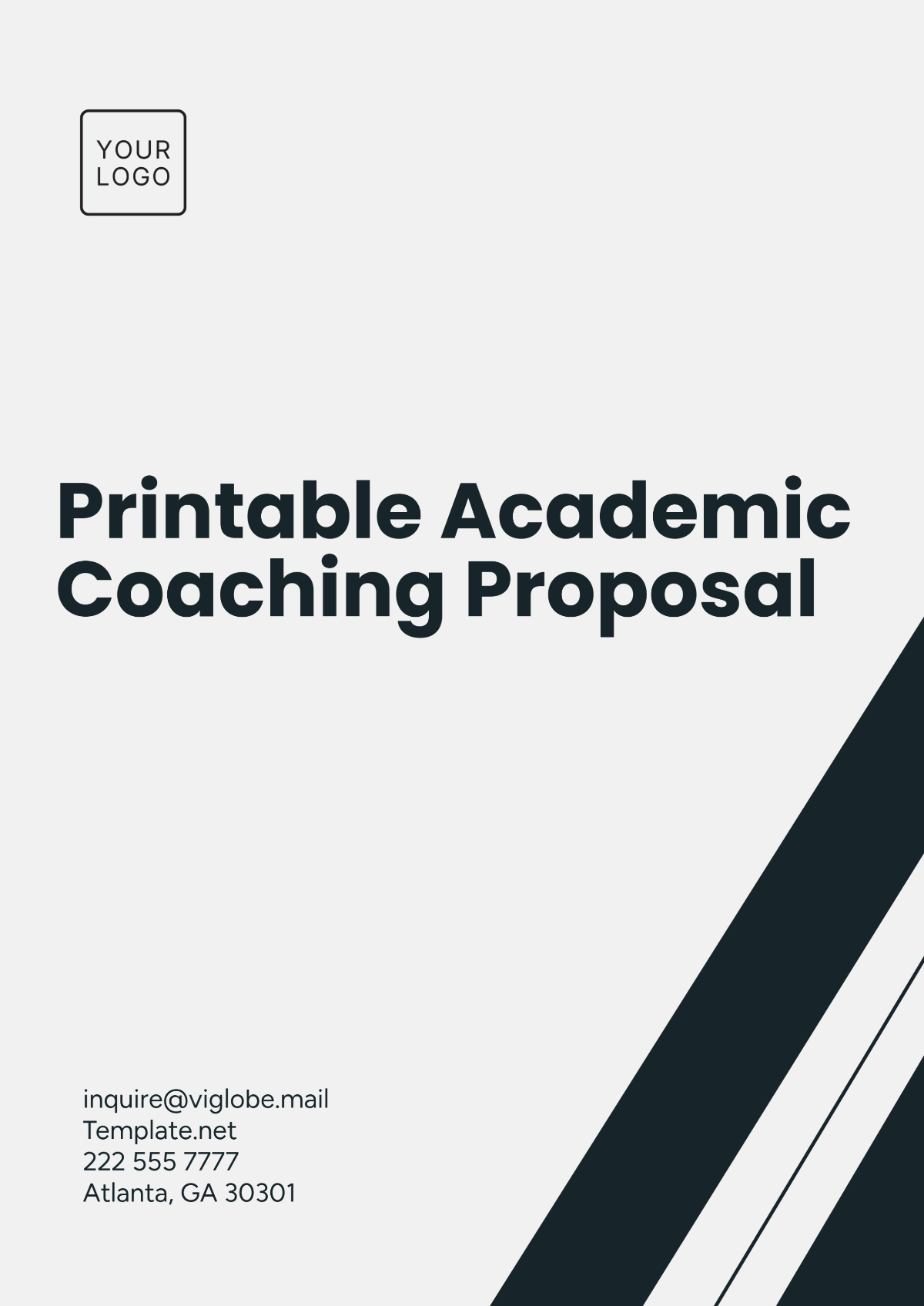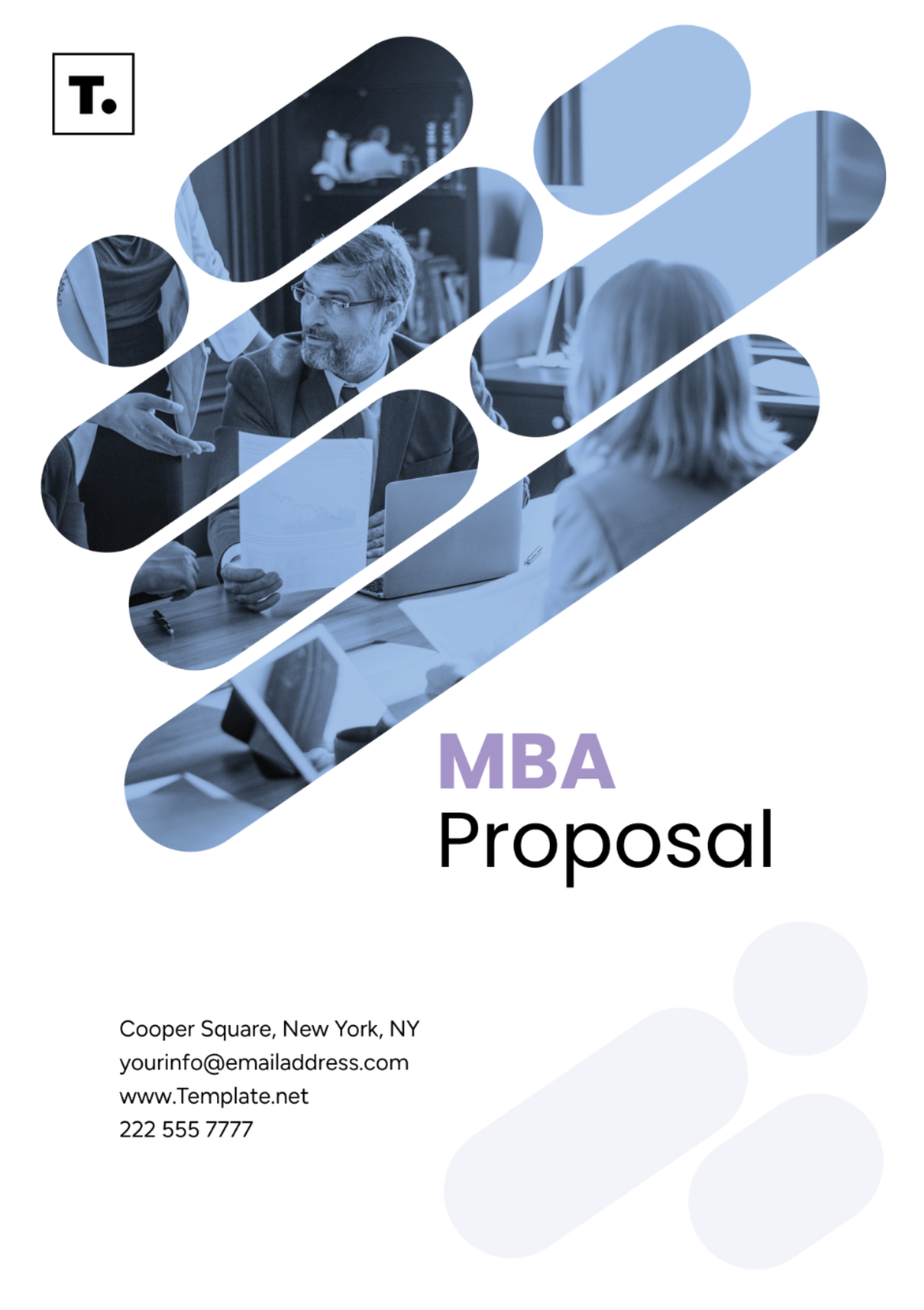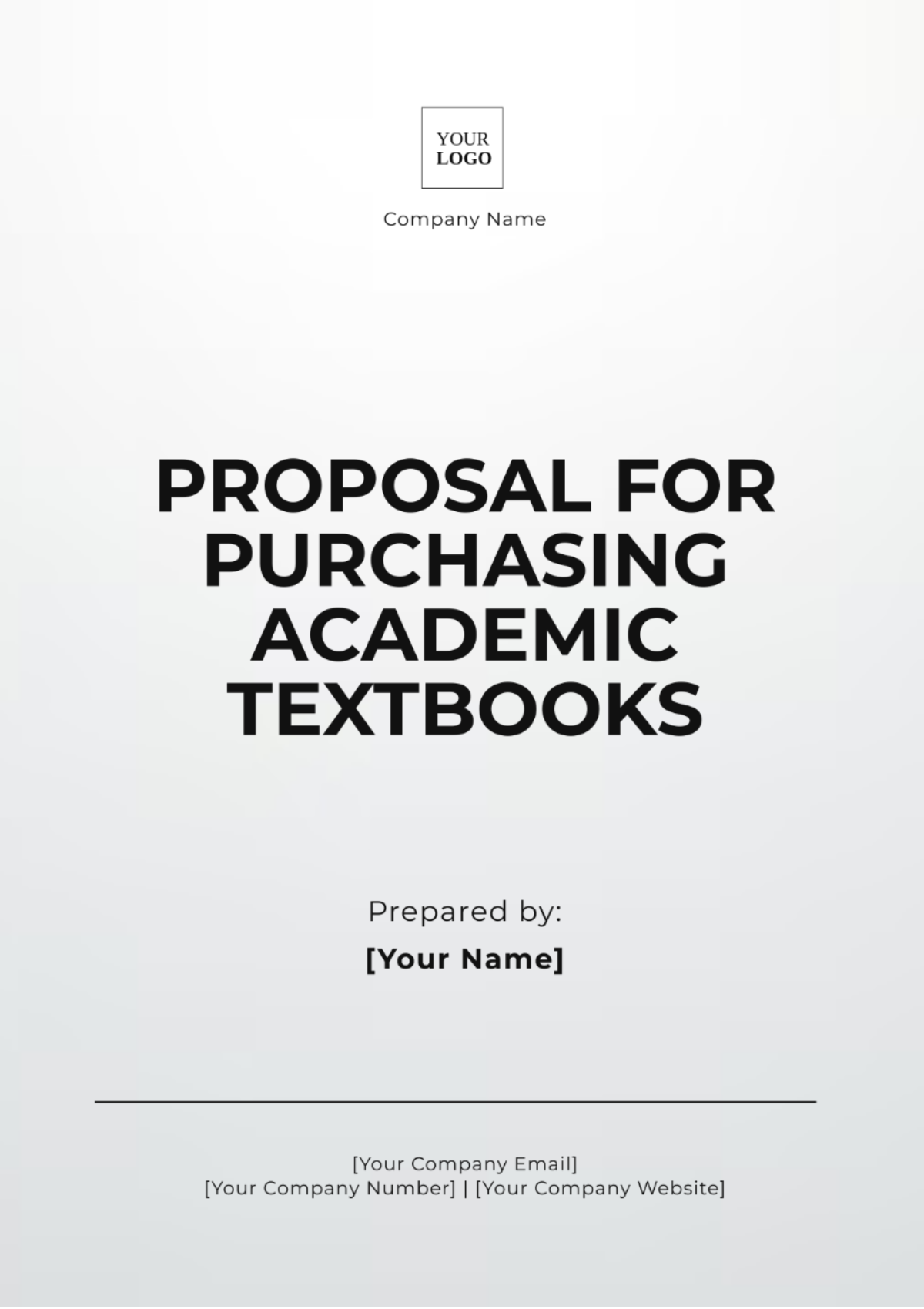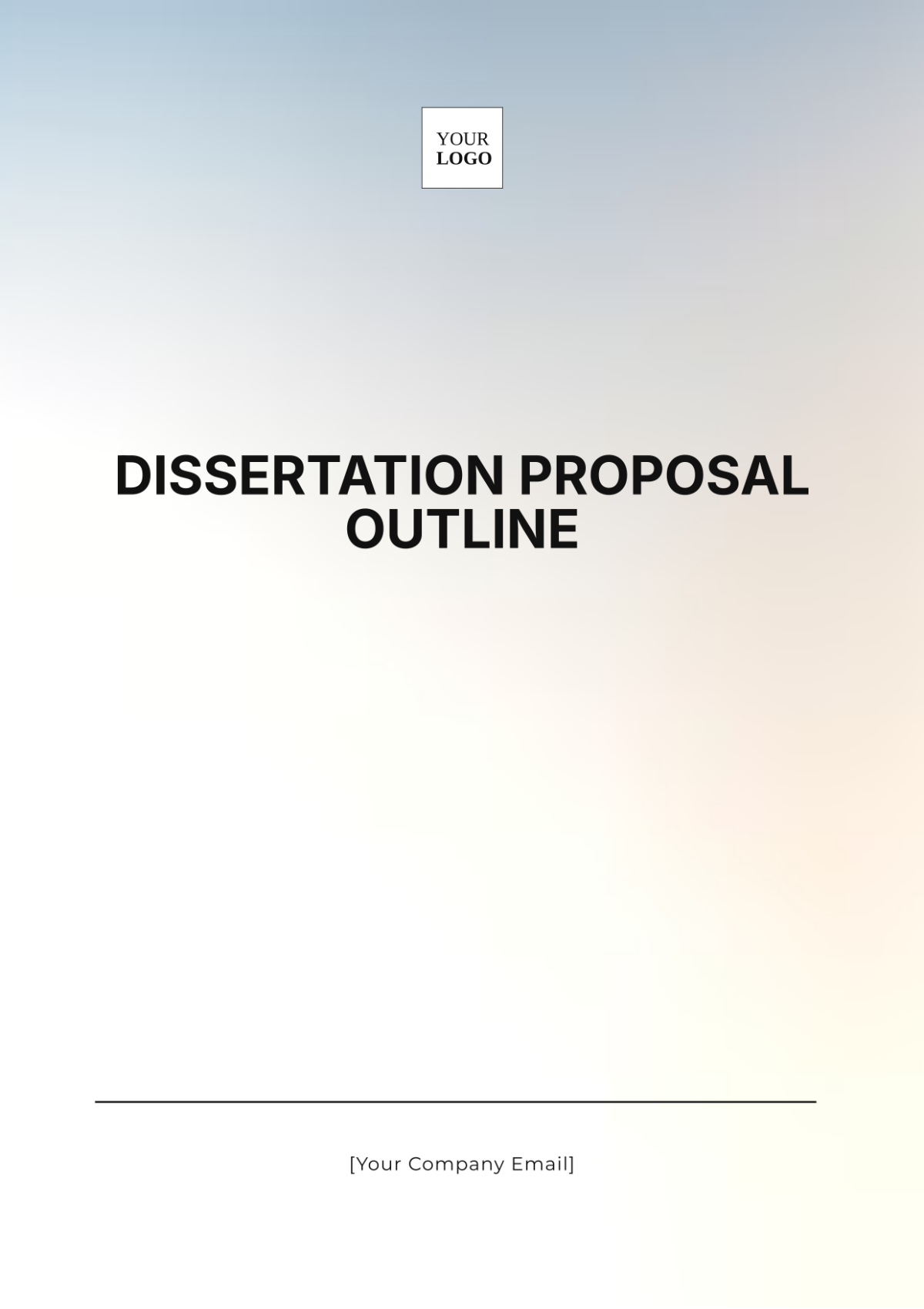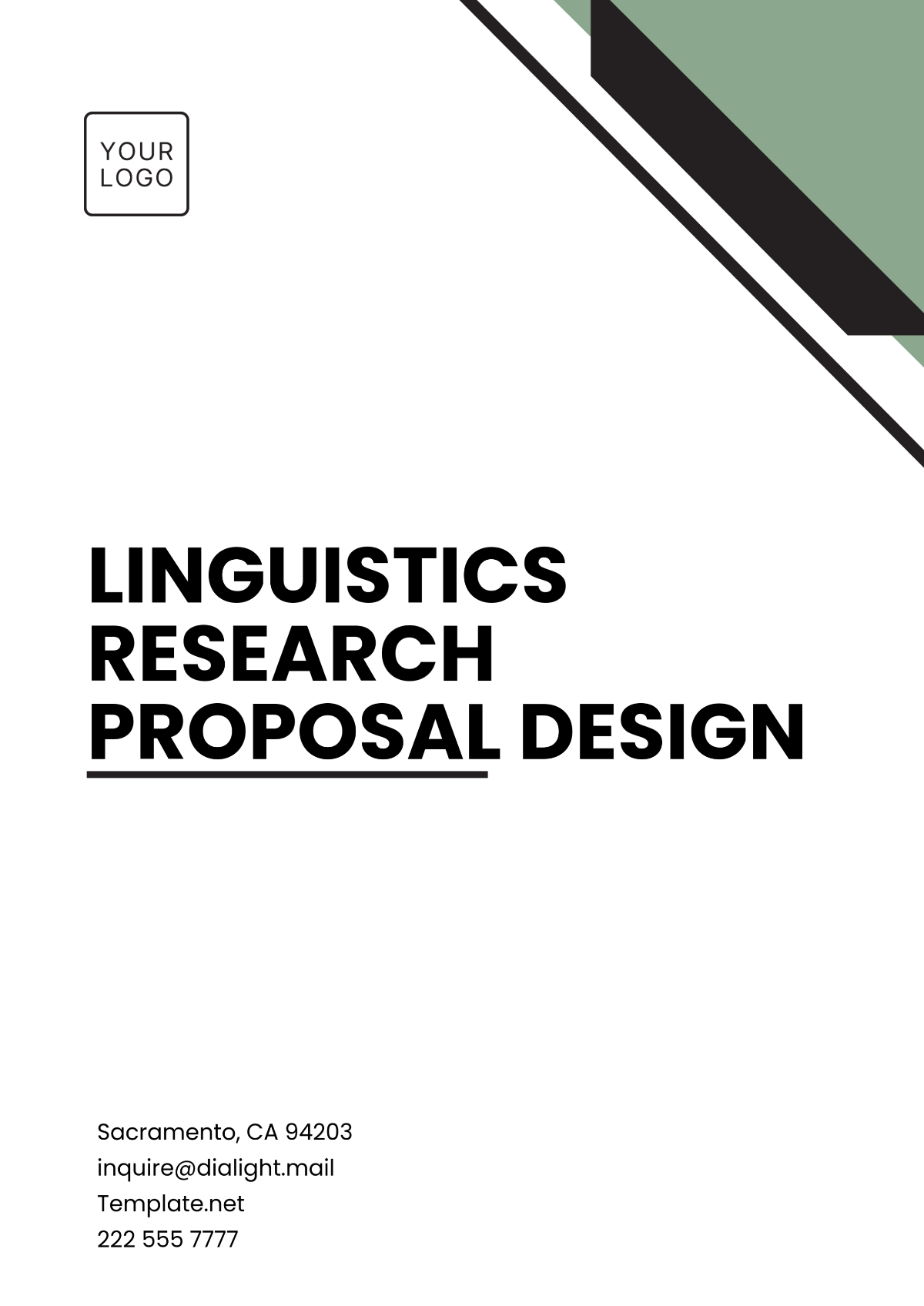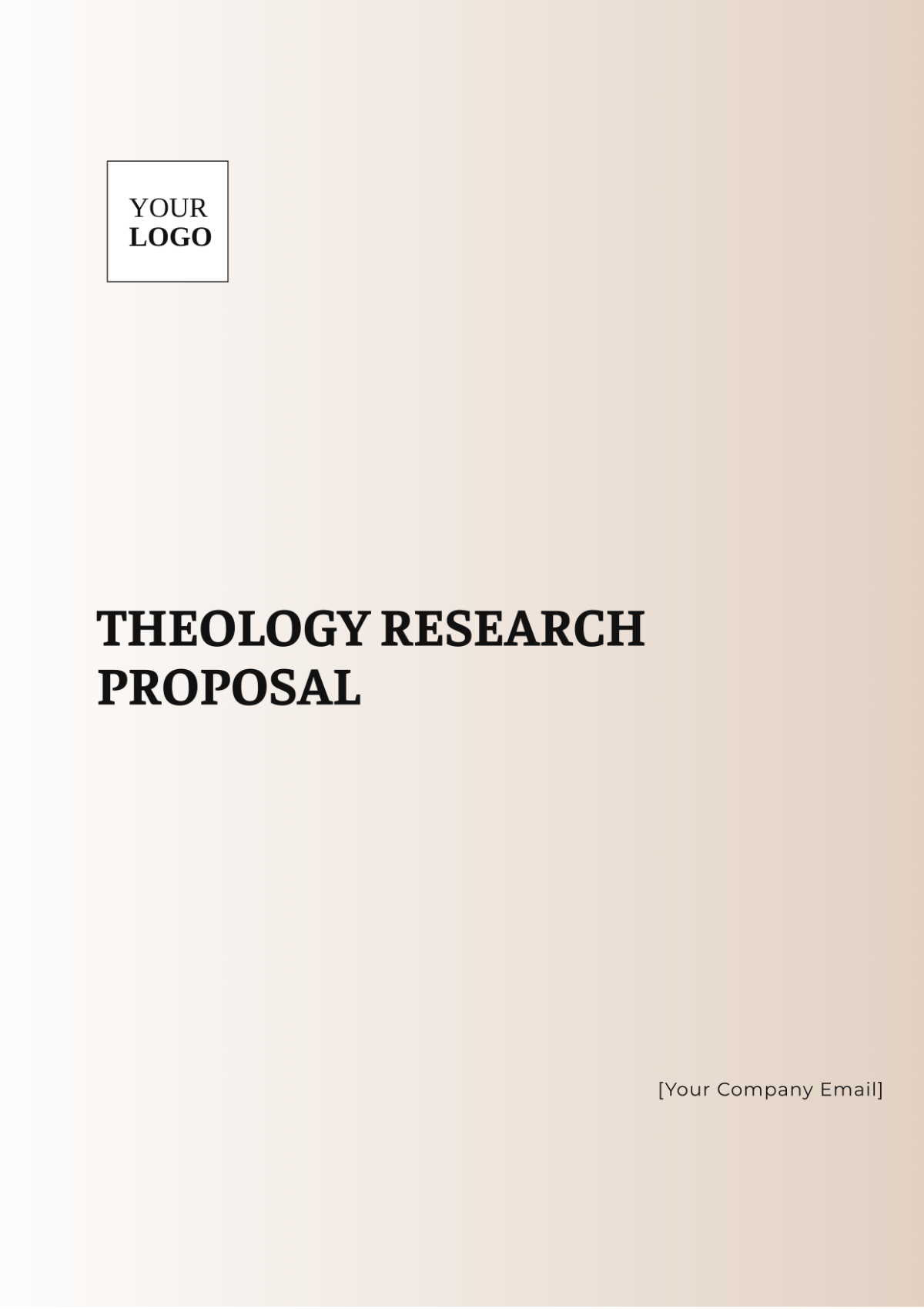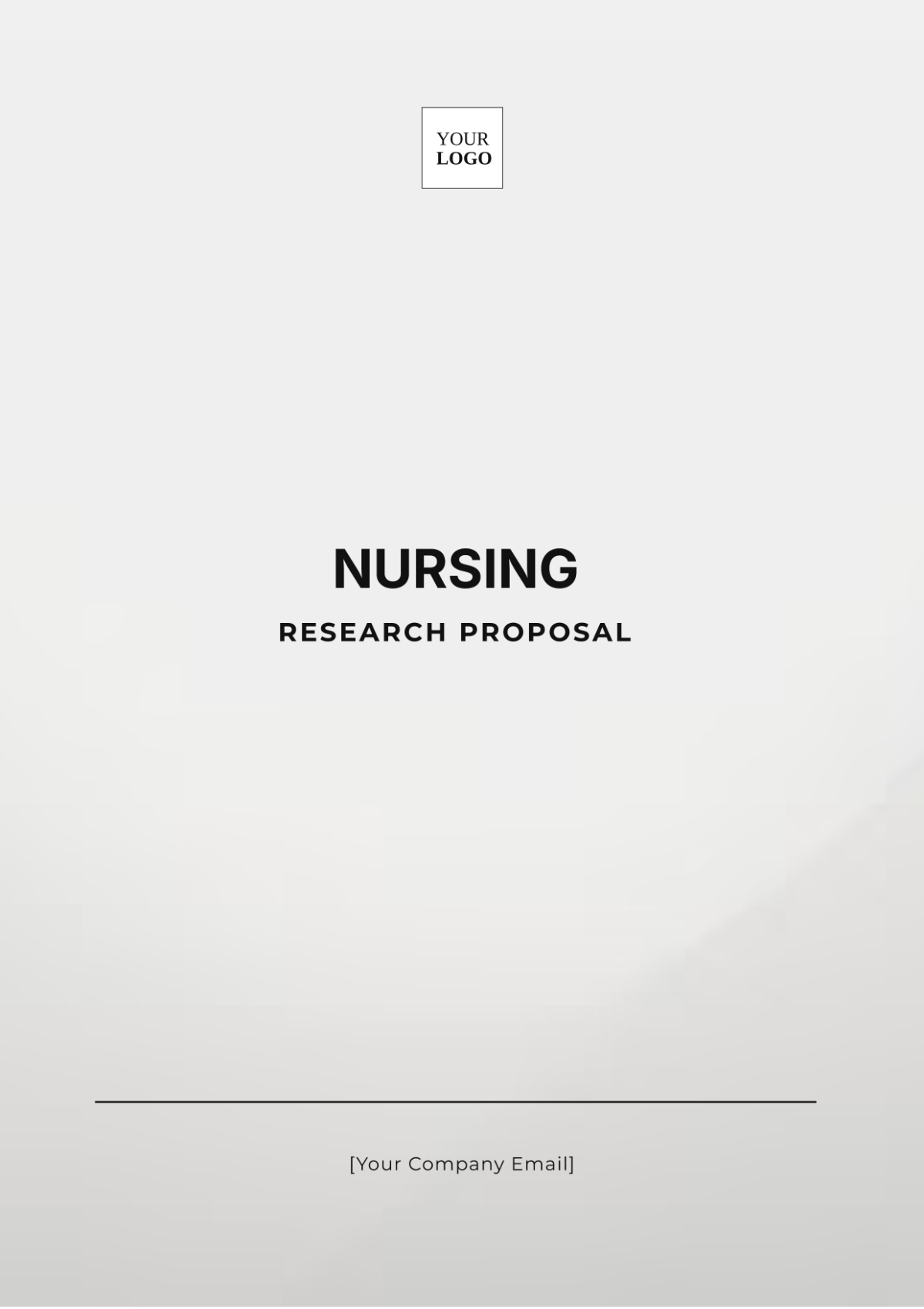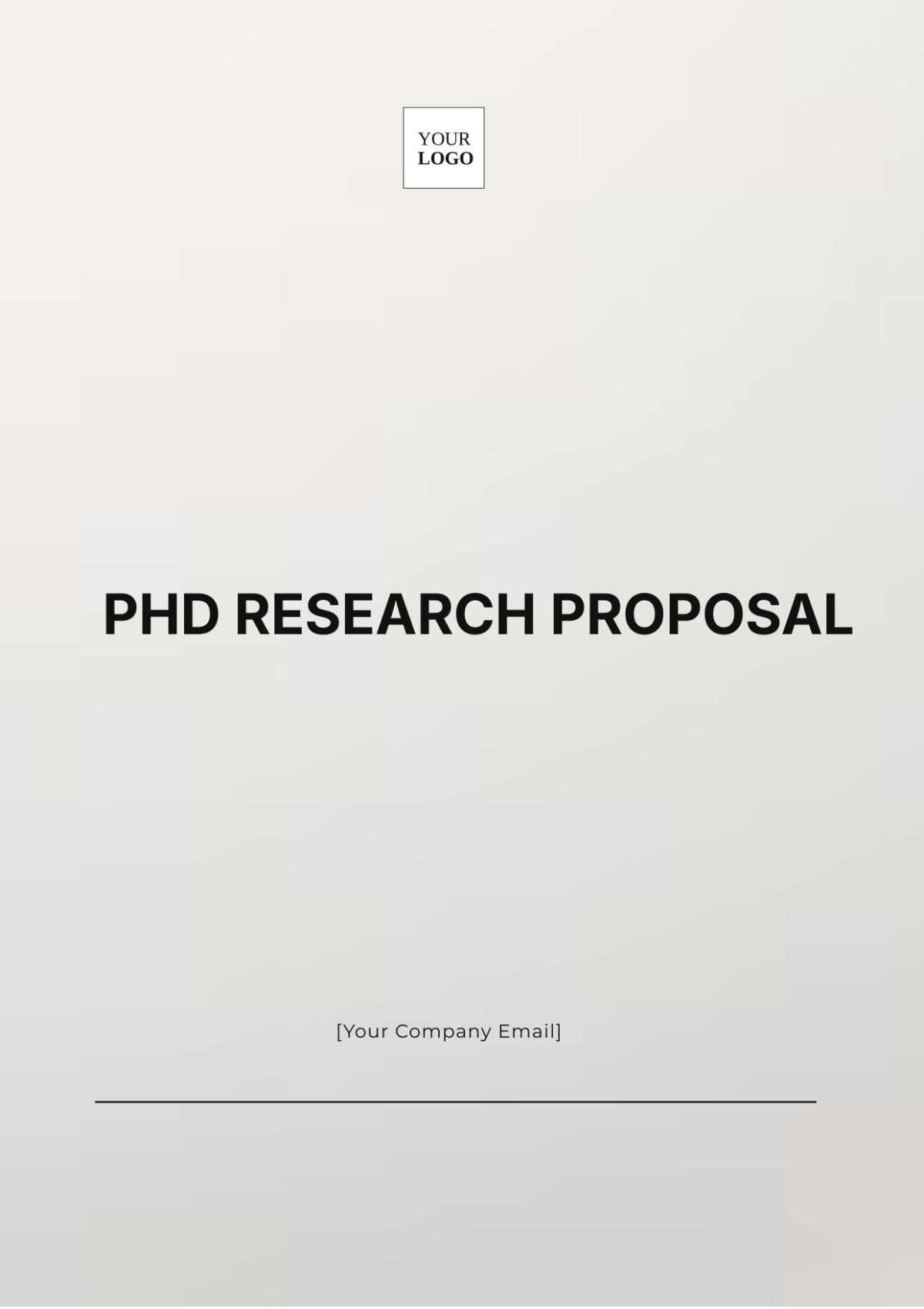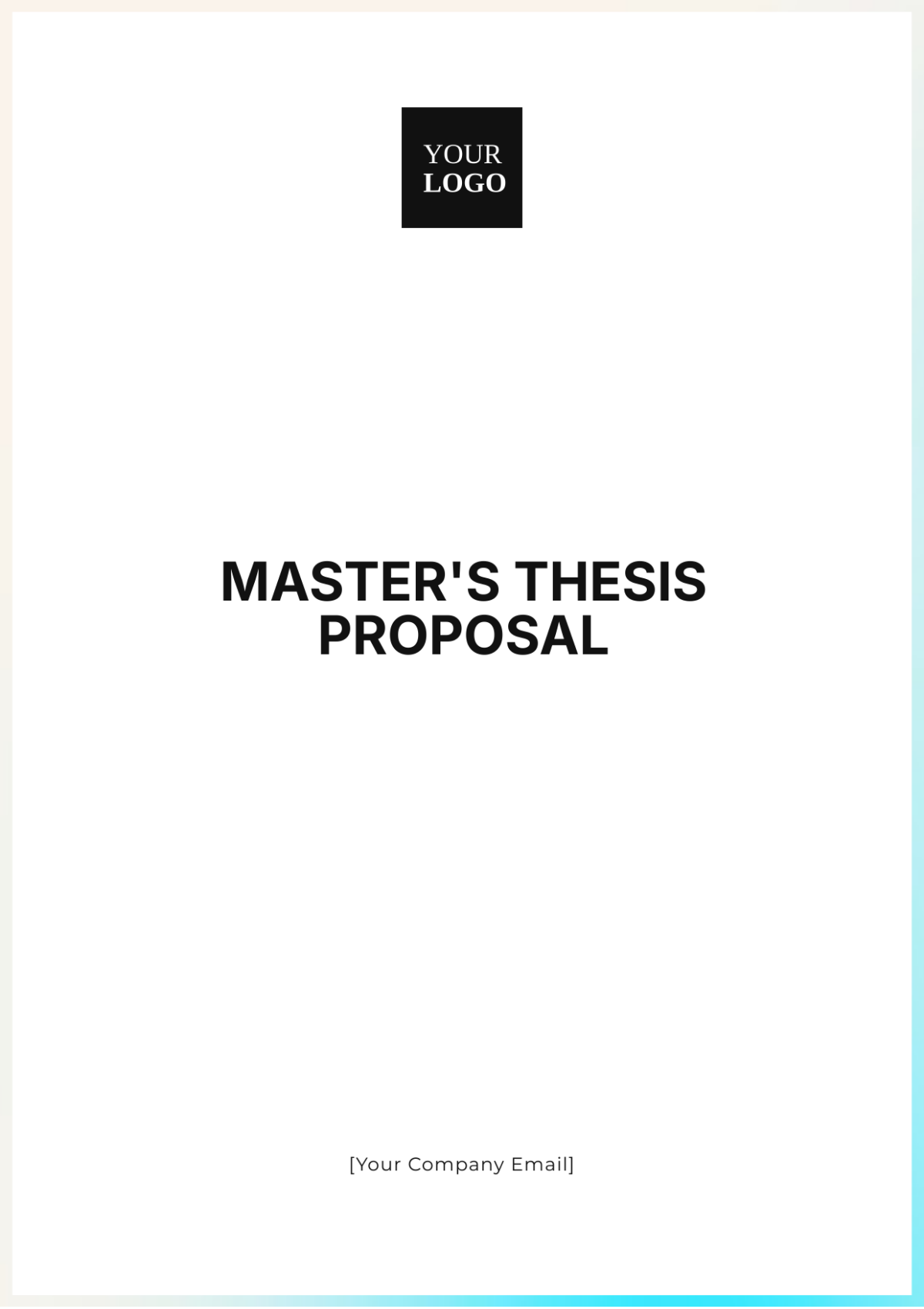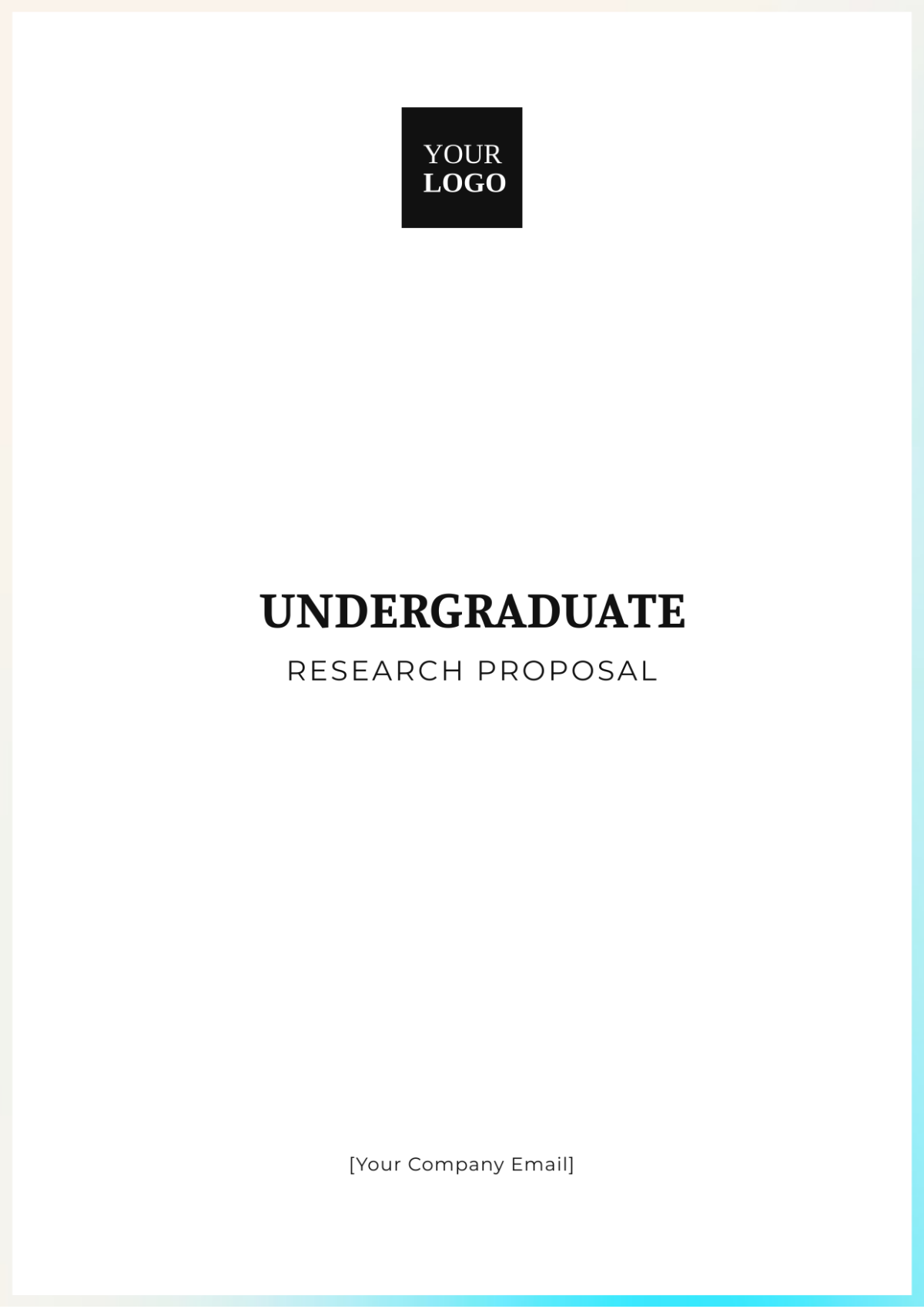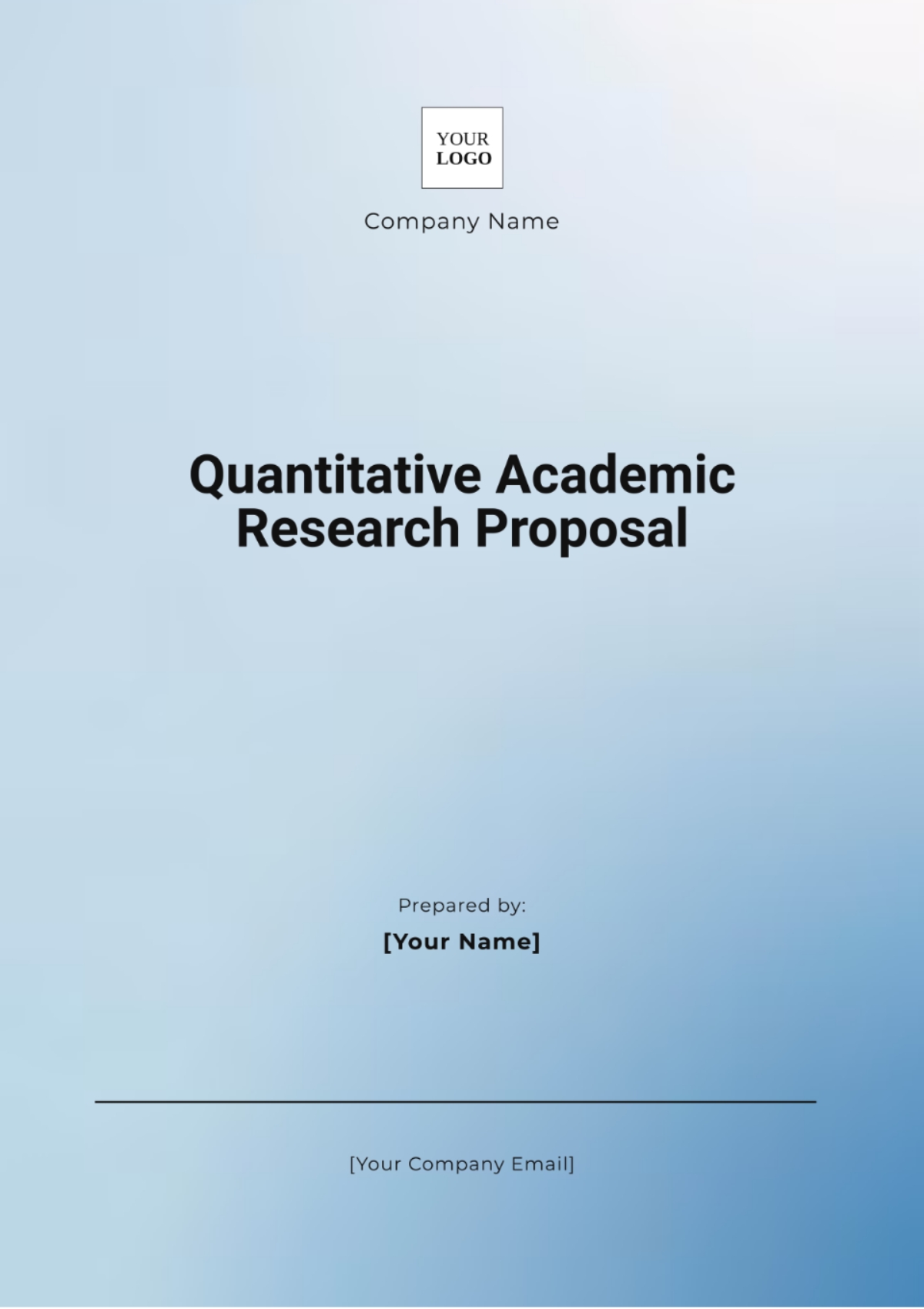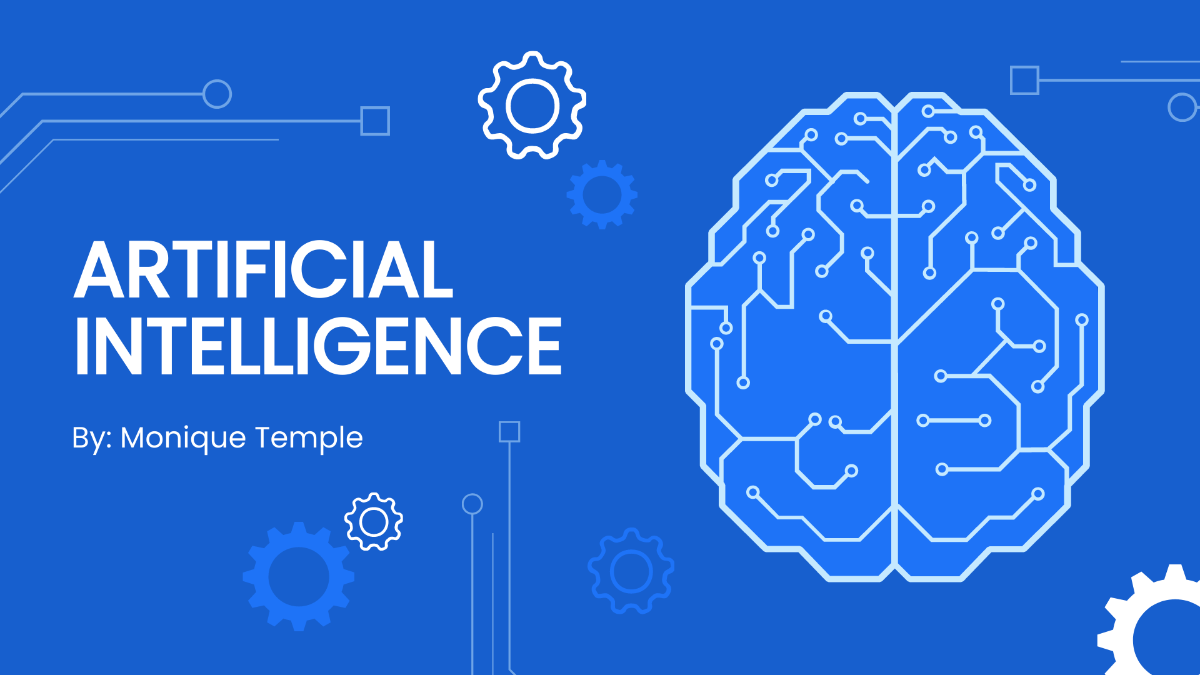Dissertation Proposal Framework
Prepared by: [Your Name]
Date: [Date]
1. Introduction
A Dissertation Proposal Framework provides a systematic approach to structuring a dissertation proposal, ensuring clarity and alignment with academic standards. This document outlines the essential components needed to develop a comprehensive and coherent proposal for a dissertation in the field of educational technology. The purpose of this dissertation is to explore the framework's structure, its creation, usage, and common sections, providing a detailed guide for researchers.
2. Purpose of a Dissertation Proposal Framework
The Dissertation Proposal Framework serves several key purposes:
Guidance: Offers a structured outline to help researchers present their research ideas and methodologies effectively.
Organization: Assists in systematically organizing research objectives, literature review, and methodology.
Evaluation: Provides a clear and coherent structure for academic committees to review and assess the proposal.
2.1 Key Objectives
Clarity: To ensure that the research proposal is well-articulated and easily understood.
Structure: To provide a logical and organized approach for developing the proposal.
Alignment: To ensure the proposal meets academic and research standards.
3. Creation of a Dissertation Proposal Framework
3.1 Responsible Parties
Researcher/Student: Develop the initial framework based on their research topic and objectives.
Academic Advisor/Mentor: Provides guidance and feedback to ensure the framework meets academic standards.
Institutional Review Committee: Offers additional insights or requirements for inclusion in the framework.
3.2 Process of Creation
Initial Draft: The researcher constructs the preliminary outline informed by their grasp of the subject matter, such as "The Impact of AI on Educational Outcomes."
Feedback: Academic advisor or mentor reviews and provides feedback on the draft.
Revisions: The researcher revises the framework based on feedback and institutional requirements.
Approval: The final framework is submitted for approval by the academic committee.
4. Usage and Audience
4.1 Primary Users
Academic Committees: Review the proposal for feasibility and academic rigor.
Advisors: Provide ongoing feedback and support throughout the proposal development.
Researchers: Utilize the framework to guide the writing and organization of the proposal.
4.2 Secondary Users
Peer Reviewers: May review the proposal during the research process.
Funding Agencies: Assess the viability of the research for funding purposes.
5. Common Sections of a Dissertation Proposal Framework
The Dissertation Proposal Framework typically includes the following sections:
5.1 Title Page
Title: "Enhancing Educational Outcomes Through Artificial Intelligence: A Study of AI-Driven Teaching Tools"
Researcher’s Name: Dr. Jane Smith
Institution: Future University
Date: January 15, 2051
5.2 Abstract
Purpose: This research aims to investigate the impact of AI-driven teaching tools on educational outcomes in primary and secondary education. The study will evaluate the effectiveness of these tools in improving student engagement and learning performance.
Methodology: A mixed-methods approach will be employed, combining quantitative surveys and qualitative interviews with educators.
Expected Outcomes: The study expects to identify key benefits and challenges associated with AI teaching tools and provide recommendations for their implementation.
5.3 Introduction
Research Problem: With the rapid advancement of AI technologies, there is a need to assess their effectiveness in educational settings. This research seeks to address the gap in understanding how AI tools influence student learning outcomes.
Objectives: To evaluate the impact of AI teaching tools on student engagement, academic performance, and teacher satisfaction.
Significance: Understanding the role of AI in education can inform policy decisions and enhance teaching practices, ultimately benefiting students and educators.
5.4 Literature Review
Overview: Previous research has explored various aspects of AI in education, including adaptive learning systems and automated grading tools. This literature review will synthesize findings from studies on AI's impact on educational outcomes.
Theoretical Framework: The study will be guided by the Constructivist Learning Theory and Technology Acceptance Model.
Research Gaps: While existing studies highlight the potential of AI, there is limited research on its practical implementation and long-term effects on educational outcomes.
5.5 Research Questions/Hypotheses
Research Questions:
How do AI-driven teaching tools affect student engagement in the classroom?
What is the impact of AI tools on students' academic performance?
How do educators perceive the use of AI tools in their teaching practices?
Hypotheses:
AI-driven teaching tools will significantly enhance student engagement.
Students using AI tools will show improved academic performance compared to those using traditional methods.
Educators will report higher satisfaction with AI tools due to their ease of use and effectiveness.
5.6 Methodology
Research Design: A mixed-methods design combining quantitative and qualitative approaches.
Data Collection: Surveys will be distributed to students and educators, and interviews will be conducted with selected participants.
Data Analysis: Statistical analysis for quantitative data and thematic analysis for qualitative data.
Ethical Considerations: The study will ensure informed consent, confidentiality, and the right to withdraw from the research.
5.7 Timeline
Phase | Milestone | Deadline |
|---|---|---|
Literature Review | Complete literature review | March 1, 2051 |
Research Design | Finalize research design | April 15, 2051 |
Data Collection | Conduct surveys and interviews | June 30, 2051 |
Data Analysis | Analyze collected data | August 15, 2051 |
Draft Report | Prepare the initial draft of the dissertation | October 1, 2051 |
Final Submission | Submit final dissertation report | December 1, 2051 |
5.8 References
Citation Style: APA (American Psychological Association).
Sources: Comprehensive list of sources cited in the proposal, including peer-reviewed journals, books, and reputable online resources.
6. Conclusion
The Dissertation Proposal Framework is a vital tool for organizing and developing a dissertation proposal. It ensures that all essential components are addressed, providing a structured approach that aligns with academic standards. By following this framework, researchers can create detailed, coherent, and well-organized proposals, enhancing their chances of successful approval and execution of their research projects.
